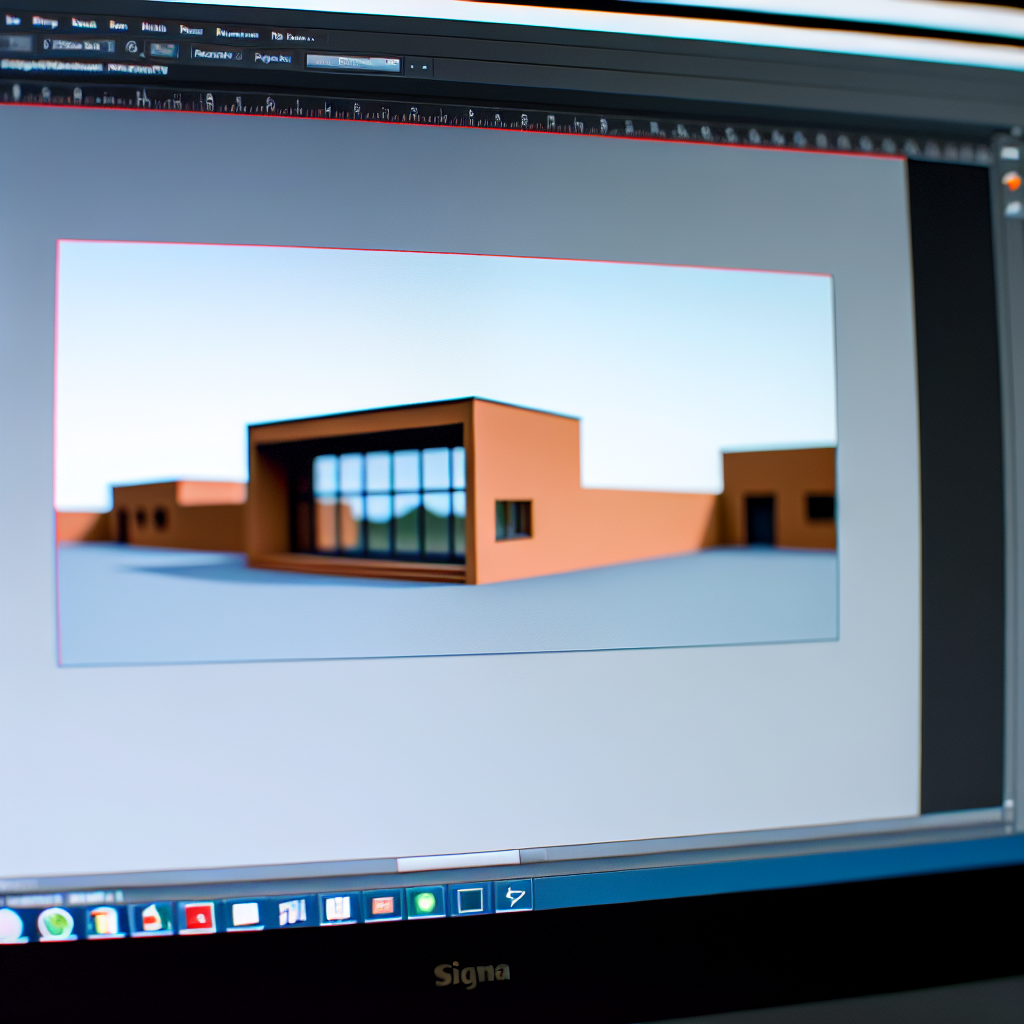What’s New in Revit 2017: A Comprehensive Overview
Revit 2017 brought a significant upgrade to Autodesk’s leading Building Information Modeling (BIM) software, offering enhanced features to improve design efficiency, collaboration, and data management. In this article, we will explore the key updates introduced in Revit 2017, focusing on improvements that empower architects, engineers, and construction professionals to work smarter and faster.
Enhanced User Interface and Performance Improvements
One of the most noticeable updates in Revit 2017 is the refined user interface, designed to streamline workflow and reduce clutter. Autodesk focused on making tools more accessible with customizable ribbon panels, improved view navigation, and enhanced graphics performance. This means faster rendering times and smoother manipulation of complex models, which directly translates into increased productivity during project development.
Furthermore, Revit 2017 introduces an improved background processing engine, allowing users to continue working seamlessly while long-running processes like rendering or analysis run in the background. This upgrade helps teams save valuable time and minimizes workflow interruptions, making collaborative projects more fluid than ever before.
Advanced Modeling and Collaboration Features
The core strength of Revit 2017 lies in its expanded capabilities for modeling and collaboration. Notable improvements include:
- Enhanced Column and Beam Modeling: New tools provide more precise and flexible options for designing complex structural elements, accommodating unique architectural visions.
- Shared Coordinates and Link Management: Better handling of linked models with synchronized coordinates simplifies multi-disciplinary coordination, reducing errors and rework during construction phases.
- Worksharing Enhancements: Real-time worksharing updates and improved communication between team members make collaborative design efforts more efficient, even in large project environments.
Additionally, Revit 2017 introduces compatibility with cloud services, enabling team members to collaborate remotely without compromising data integrity or project accuracy. These innovations foster a more integrated workflow across disciplines, essential for today’s fast-paced project timelines.
Conclusion
Revit 2017 marks a pivotal step forward with its user-centric interface, performance enhancements, and advanced collaboration features. These upgrades empower professionals to create more detailed, accurate models while fostering teamwork and reducing project turnaround times. Embracing these new capabilities will help users maximize their productivity and deliver superior project outcomes in the evolving landscape of BIM technology.
